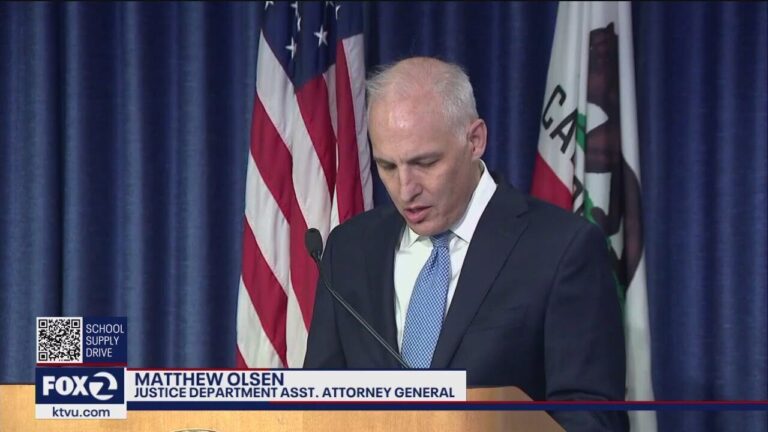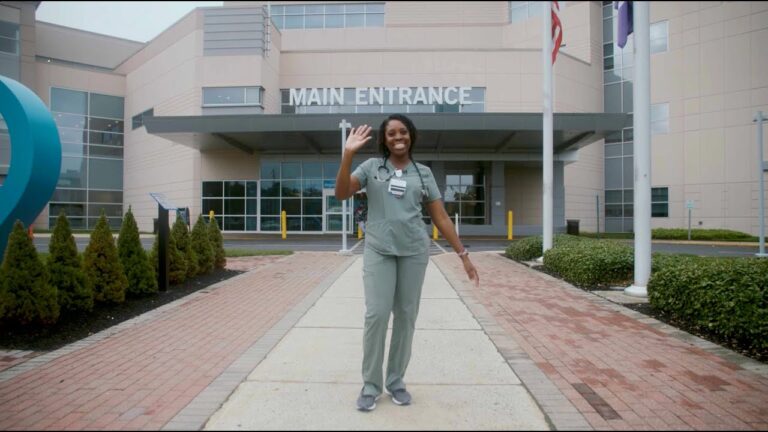High-Paying Low Vision Rehab Occupational Therapist Job

Occupational Therapist – Low Vision Rehab Job Description Template
Occupational Therapist – Low Vision Rehab Job Description An occupational therapist specializing in low vision rehab is responsible for providing comprehensive rehabilitation services to individuals with visual impairments. They work closely with patients to assess their functional abilities and develop personalized treatment plans to improve their overall quality of life. The primary role of an occupational therapist in low vision rehab is to evaluate and address the specific needs and challenges faced by individuals with visual impairments. They utilize various assessment tools and techniques to determine the impact of visual impairments on an individual’s daily activities, such as reading, writing, cooking, and mobility. Once the evaluation is complete, the occupational therapist develops and implements a customized treatment plan. This may include teaching compensatory strategies to maximize the use of remaining vision, recommending assistive devices or modifications to the environment, and providing adaptive training to enhance functional independence. In addition to direct patient care, an occupational therapist in low vision rehab also collaborates with other healthcare professionals, such as ophthalmologists, optometrists, and social workers, to ensure a holistic approach to patient care. They may also provide education and support to family members and caregivers, helping them understand the unique challenges faced by individuals with visual impairments. Key skills and qualifications for this role include a degree in occupational therapy, specialized training in low vision rehab, and a strong understanding of visual impairments and their impact on daily activities. Excellent communication skills, empathy, and patience are also essential to establish rapport with patients and provide effective care. Overall, an occupational therapist specializing in low vision rehab plays a crucial role in helping individuals with visual impairments regain independence and improve their quality of life through targeted interventions and support.Occupational Therapist – Low Vision Rehab Responsibilities
Occupational Therapist – Low Vision Rehab Requirements
How Much Does A Occupational Therapist – Low Vision Rehab Make?
Occupational Therapist – Low Vision Rehab Salary
| Experience Level | Salary |
|---|---|
| Entry Level | $60,000 – $70,000 |
| Mid-Career | $70,000 – $80,000 |
| Experienced | $80,000 – $90,000 |
| Senior | $90,000 – $100,000 |
An Occupational Therapist specializing in Low Vision Rehab can expect to earn a salary ranging from $60,000 to $100,000, depending on their level of experience. Entry-level therapists typically earn between $60,000 and $70,000, while mid-career professionals can expect to earn between $70,000 and $80,000. Experienced therapists may earn between $80,000 and $90,000, while senior therapists with extensive experience can earn between $90,000 and $100,000. These salary ranges may vary depending on factors such as location, employer, and additional certifications or specialization.
Occupational Therapist – Low Vision Rehab Salaries by Country
Top Paying Countries for Occupational Therapist – Low Vision Rehab
| Country | Average Salary (USD) |
|---|---|
| United States | 80,000 |
| Australia | 75,000 |
| United Kingdom | 70,000 |
| Canada | 65,000 |
| United Arab Emirates | 60,000 |
An occupational therapist specializing in low vision rehab can expect high salaries in several countries. The top paying countries for this profession include the United States, where the average salary is $80,000, Australia with an average salary of $75,000, and the United Kingdom with an average salary of $70,000. Canada and the United Arab Emirates also offer competitive salaries of $65,000 and $60,000 respectively. These countries recognize the importance of low vision rehabilitation and value the expertise of occupational therapists in this field.
A video on the topic Occupational Therapist – Low Vision Rehab
Video Source : Optometry TodayInterview Questions for Occupational Therapist – Low Vision Rehab
1. What is low vision rehabilitation?
Low vision rehabilitation is a specialized therapy aimed at helping individuals with visual impairments maximize their remaining vision and improve their overall quality of life. It involves the use of various strategies, techniques, and assistive devices to enhance functional abilities and promote independence.
2. What are some common causes of low vision?
Common causes of low vision include age-related macular degeneration, glaucoma, diabetic retinopathy, cataracts, and retinitis pigmentosa. Other causes may include strokes, traumatic brain injuries, and genetic conditions.
3. What assessments or evaluations are typically conducted during low vision rehabilitation?
During low vision rehabilitation, various assessments and evaluations are conducted to determine the individual’s visual abilities, functional limitations, and specific needs. These may include visual acuity testing, contrast sensitivity testing, visual field testing, and assessments of activities of daily living (ADLs) and instrumental activities of daily living (IADLs).
4. What interventions or treatments are commonly used in low vision rehabilitation?
Common interventions and treatments used in low vision rehabilitation include optical devices (such as magnifiers and telescopes), adaptive strategies and techniques, environmental modifications, training in the use of assistive technology, and counseling and support to address emotional and psychological aspects of visual impairment.
5. Can low vision rehabilitation completely restore someone’s vision?
No, low vision rehabilitation cannot completely restore someone’s vision. However, it can significantly improve the individual’s functional abilities and help them make the most of their remaining vision.
6. How long does low vision rehabilitation typically last?
The duration of low vision rehabilitation varies depending on the individual’s specific needs and goals. Some individuals may require only a few sessions, while others may benefit from ongoing therapy over an extended period of time.
7. What are the potential benefits of low vision rehabilitation?
The potential benefits of low vision rehabilitation include improved reading and writing skills, increased independence in daily activities, enhanced mobility and orientation, improved safety awareness, and better overall quality of life.
8. Can children with low vision benefit from low vision rehabilitation?
Yes, children with low vision can benefit from low vision rehabilitation. Early intervention and appropriate therapies can help improve their visual skills, maximize their functional abilities, and support their educational and developmental needs.
9. What role does an occupational therapist play in low vision rehabilitation?
An occupational therapist plays a crucial role in low vision rehabilitation. They assess the individual’s visual abilities, provide training in the use of adaptive strategies and assistive devices, recommend environmental modifications, and offer counseling and support to address emotional and psychological aspects of visual impairment.
10. How can someone access low vision rehabilitation services?
Low vision rehabilitation services can be accessed through referral from an ophthalmologist or optometrist. Additionally, individuals can directly contact occupational therapy clinics or low vision rehabilitation centers to inquire about available services and schedule an evaluation.






